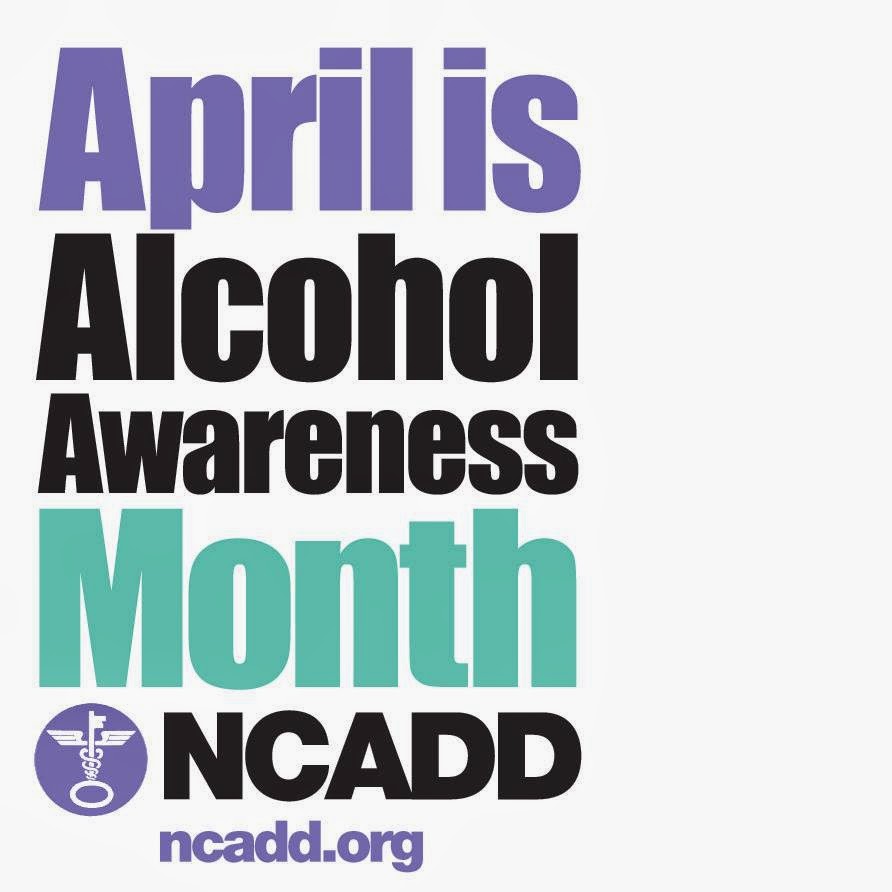Before one more high school student dies in an alcohol-related accident
or another college student dies of alcohol poisoning, or another family is
split up because of alcohol, the seriousness of the public health problems
associated with alcohol and alcoholism must be brought into focus through the
spotlight of public awareness. Alcohol is the drug most frequently used by Americans and results in more than 100,000
alcohol-related deaths per year.
For young people, they drink alcohol more frequently than they use all
other illicit drugs combined and alcohol is responsible for more than 6,500
deaths per year (young people under 21): motor vehicle accidents account for 2,400 deaths, unintentional death by fire, falls, overdose account for
2,400 deaths, homicides account for 1,600 deaths and suicide accounts for about
300 deaths per year!
Alcohol-related problems and alcoholism effect each and every one of us,
directly or indirectly, and are our Nation’s Number One public health problem
in America. Alcohol is a drug that effects every cell and organ system in the
body, effecting judgment, coordination and long-term health. In fact, recent
scientific research now suggests that early use of alcohol by teenagers may contribute significantly to dependence on
alcohol and other drugs later in life, with 40% of children who begin using
alcohol before the age of 13 become alcohol dependent at some point in their
lives.
Regrettably, too many dismiss underage drinking as a “youthful
indiscretion” or a rite of passage from adolescence into adulthood, and many
underage drinkers are often first presented with alcohol in their own dining
rooms, living rooms and kitchens. Alcohol is aggressively marketed to underage
drinkers and associated with athletic and social events popular with high school and college students.
The annual economic costs of alcohol-related problems exceeds $224 billion
($746 per person) due to lost productivity, health care costs, business and criminal justice costs, more than
substance abuse and tobacco.
These are but a few of the fundamental reasons why we must increase
public awareness. Not only are there a whole set of increased risks in the
short-term, including traffic crashes, violent crime, assaults, burns,
drowning, suicide attempts, fetal alcohol syndrome, alcohol
poisonings and high-risk sexual behavior, the long-term physical and
biochemical effects put many drinkers at risk for the rest of their lives. “The
good news.....we are making progress,” says Robert J. Lindsey, President/CEO of
the National Council on Alcoholism and Drug Dependence, Inc. (NCADD) “and it is
now estimated that more than 20 million individuals and family members are
living lives in recovery!” “Bottom line, we all have an investment in reducing
the devastating impact that alcohol has
on us as individuals, family members and as members of our communities,” says
Lindsey.
April is
Alcohol Awareness Month and the
Putnam County Communities That Care (CTC) Coalition and the National Council on
Alcoholism and Drug Dependencies/Putnam remind you that if your drinking has
caused problems in your relationships, at work, at home, financially,
physically or legally, it’s time to get help. Help is available today. Please
join us, in celebrating NCADD’s 26th Annual Alcohol Awareness Month
and NCADD’s life-saving work, through prevention, treatment and recovery.
Together, we can make “Healthy Choices” develop “Healthy Communities” and
“Prevent Underage Drinking”.
Please call the National Council on Alcoholism & Drug
Dependencies of Putnam at 845-225-4646 for further information and referral
services. Members of the
Putnam CTC Coalition are available if you have any questions or would like for
us to do a presentation to your organization on this or any other substance
abuse trends that affect our children. Please visit and join us on Facebook by
searching “Putnam County Communities That Care – NY or on Twitter at
http://twitter.com/#!/PutnamCTCNY.
.







